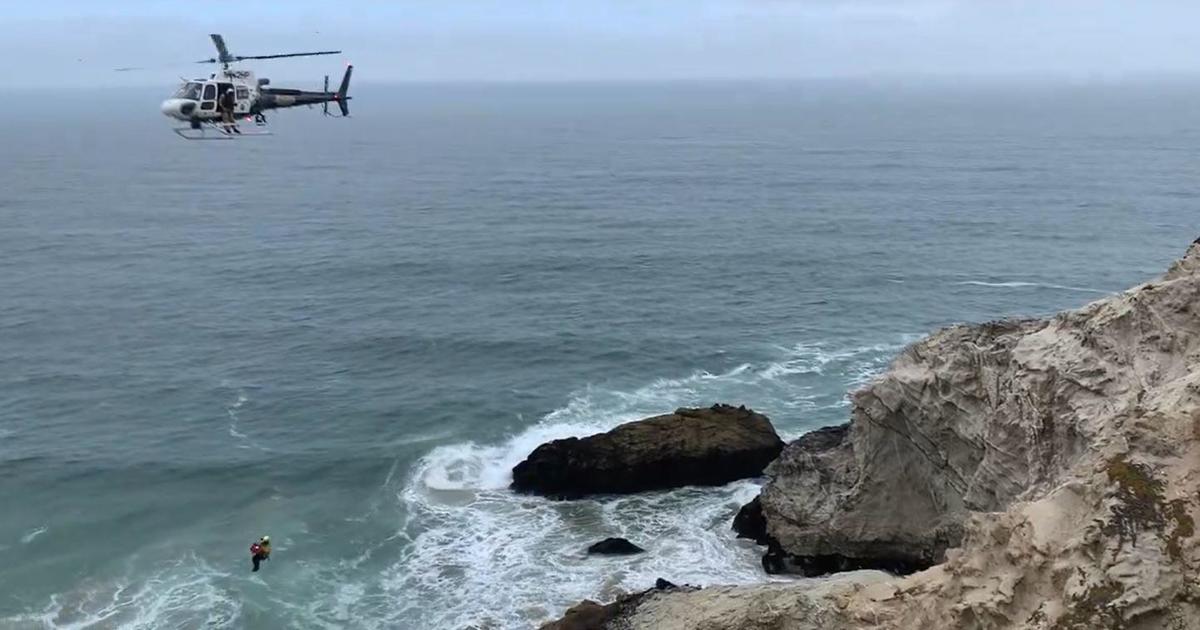StarDate 4/16/2014: The Moon And Saturn
FROM THE UNIVERSITY OF TEXAS McDONALD OBSERVATORY, AS HEARD ON KCBS RADIO WEEKDAYS @ 9:52 A.M., 7:35 P.M. & 2:52 A.M.
STARDATE 4/16/2014: The Moon and the planet Saturn stage quite a performance tonight. They rise in late evening, with bright golden Saturn quite close to the upper left of the Moon.
They remain close as they arc low across the south during the wee hours of the morning, with Saturn moving to the right of the Moon at first light.
Saturn has quite a collection of moons of its own. More than 50 have been confirmed, with several more on the list of possibilities.
Some of these moons are fascinating worlds in their own right. Titan, the largest of them, has a dense, cold atmosphere made of hydrocarbons. Lakes of liquid methane and ethane dot its surface, and an ocean of liquid water may lie far below Titan's icy crust.
Liquid water also lies beneath the crust of Enceladus, which is near the outer edge of Saturn's rings. But some of its water escapes into space through powerful geysers near the moon's south pole. The water freezes, adding fresh ice to one of the rings.
These moons probably formed along with Saturn itself. But many of the planet's moons may be asteroids that were captured when they flew close to Saturn.
Such a capture would have been easier early in Saturn's life, when it was likely encircled by gas and dust left over from its formation. Friction with this material slowed the asteroids, allowing them to enter orbit — adding to Saturn's impressive entourage of moons.
We'll talk about the Moon and more bright companions tomorrow. Copyright ©2014 The University of Texas McDonald Observatory



